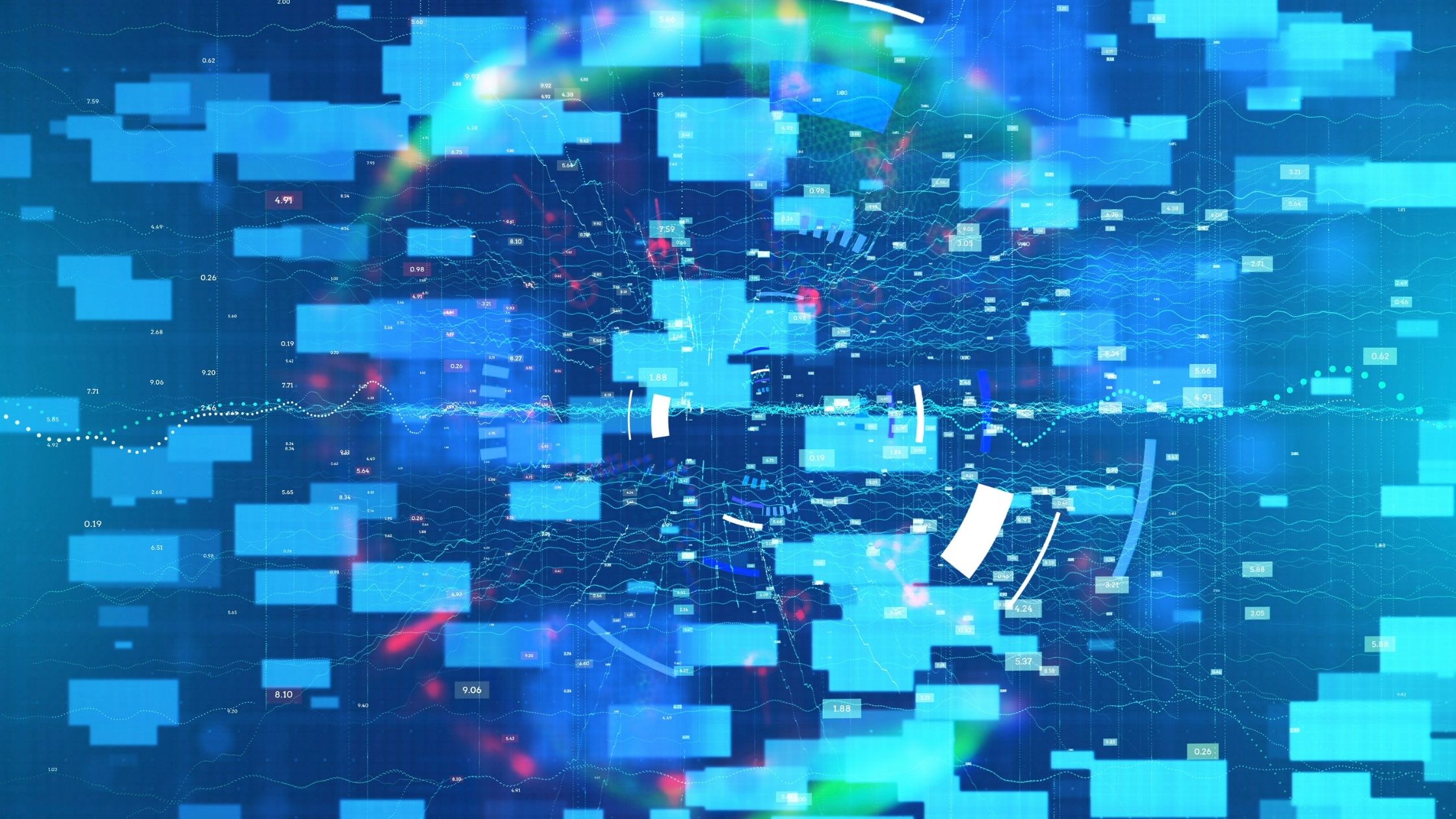Humans excel in comprehending, reasoning, and interpreting information. And, with this information, individuals may carry out a variety of behaviours in the real world. But how do machines do the same thing? In this blog, we discuss Knowledge Representation in AI and how it enables machines to execute reasoning and interpretation using AI.
What does Knowledge Representation entail?
Knowledge Representation in AI describes how knowledge is represented. It is essentially a study of how an intelligent agent’s ideas, intentions, and judgments might be stated in a way that is suitable for automated reasoning. Modeling intelligent behaviour for an agent is one of the fundamental goals of Knowledge Representation.
Knowledge Representation and Reasoning (KR, KRR) depicts information from the actual world for a computer to understand, and then uses this knowledge to solve complicated real-world problems such as conversing with humans in natural language. Information representation in AI is more than just storing data in a database; it also enables a computer to learn from that knowledge and behave intelligently like a person.
The various types of knowledge that must be represented in AI include:
- Objects
- Events
- Performance \sFacts
- Meta-Knowledge \sKnowledge-base
AI Knowledge Representation Cycle
Artificial Intelligent Systems are typically made up of several components that work together to demonstrate intelligent behaviour. Among these components are:
The Perception component collects data or information from its surroundings. You can use this component to retrieve data from the environment, determine the source of noises, and determine whether the AI has been harmed by anything. It also specifies how to react when any sense is recognized.
Then there’s the Learning Component, which learns from the perception component’s data. The idea is to create computers that can be taught rather than programmed. The process of self-improvement is important to learning. To learn new things, the system requires knowledge acquisition, inference, heuristic acquisition, faster searches, and so forth.
The major component of the cycle is Knowledge Representation and Reasoning, which demonstrates the robots’ human-like intellect. Understanding intelligence is central to knowledge representation. Instead of attempting to understand or create brains from the ground up, its purpose is to understand and build intelligent behaviour from the top-down, focusing on what an agent requires to behave intelligently. It also describes how automated reasoning techniques can make this knowledge available when needed.
The components of Planning and Execution are based on an examination of knowledge representation and reasoning. Planning in this context is providing an initial state, determining their preconditions and effects, and devising a sequence of activities to attain a state in which a specific goal is met.
AI Knowledge Representation Techniques
There are four methods for representing knowledge, which is as follows:
Logical Representation
Logical representation is a language that has precise rules for dealing with propositions and no ambiguity in representation. It represents a conclusion based on a variety of variables and establishes some crucial communication guidelines. It also has carefully specified syntax and semantics, which aids in sound inference. Using syntax and semantics, each sentence may be transformed into logic.
Semantic Network Representation
Semantic networks can be used to express knowledge in place of predicate logic. Semantic networks allow you to describe your knowledge as graphical networks. This network is made up of nodes that represent things and arcs that describe their relationships.
Frame Representation
A frame is a record-like structure that contains a set of properties and values that describe an entity in the world. These are the artificial intelligence data structures that divide information into substructures by expressing stereotyped scenarios. It is just a collection of slots and slot values of any sort and size. Facets are the names and values assigned to slots.
Production Rules
In production rules, the agent checks for the condition, and if it exists, the production rule fires, and the related action is taken. The rule’s condition defines which rule can be applied to an issue. The action portion, on the other hand, is responsible for carrying out the corresponding problem-solving actions. This entire procedure is known as a recognize-act cycle.
The production rules system is made up of three major components:
- The set of production rules
- Working Memory
- The recognize-act-cycle

Leave a Reply